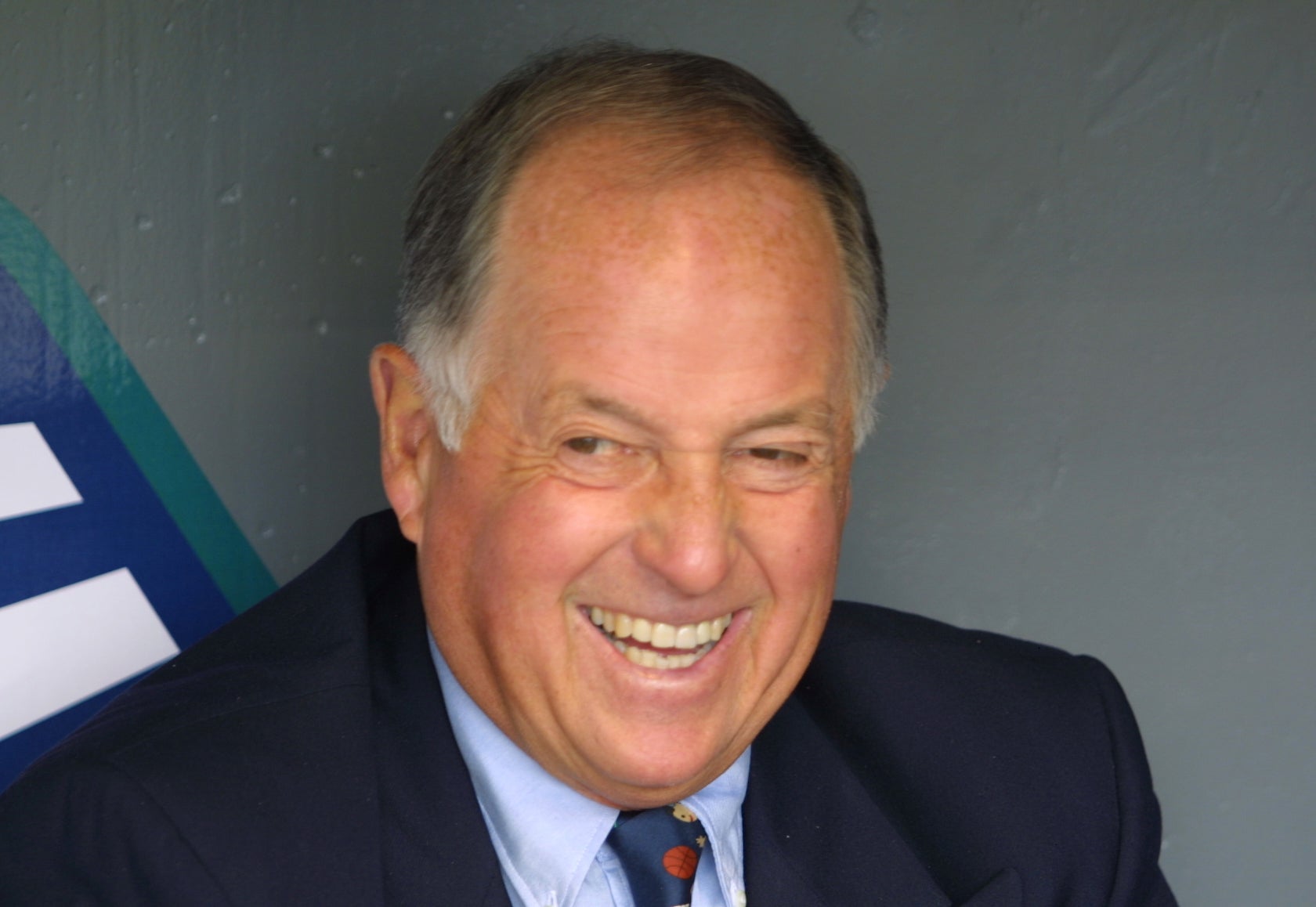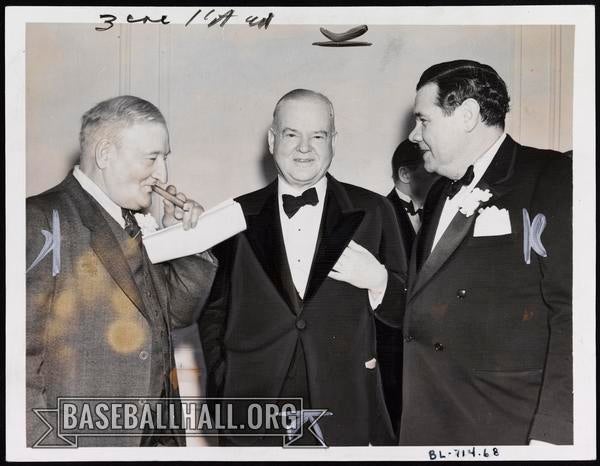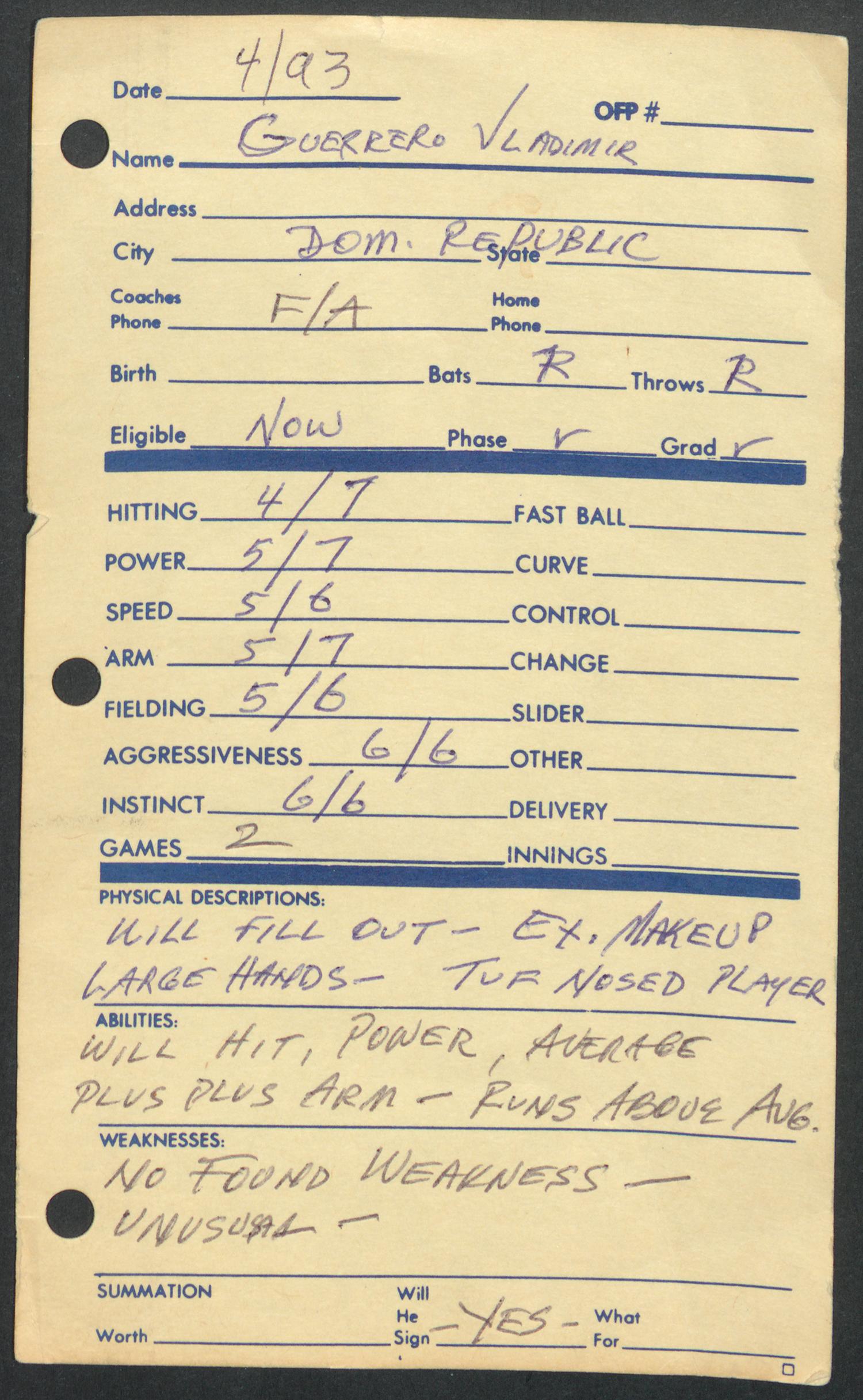- Home
- Our Stories
- Vlad Guerrero scouting report one of hundreds now available via PASTIME
Vlad Guerrero scouting report one of hundreds now available via PASTIME
The success rate for baseball scouts would drive even the bravest mathematicians out of the business.
Simply stated, if a scout said “no” when evaluating every prospect, he or she would be correct about 90 percent of the time. So a “yes” usually results in a player that never makes the big leagues.
Finding a scouting report which predicts the success of a young player – almost to perfection – is indeed rare. But for Fred Ferreira, evaluating a young Vladimir Guerrero was like catching a glimpse of a shooting star.
Hall of Fame Membership
There is no simpler, and more essential, way to demonstrate your support than to sign on as a Museum Member.
In April of 1993, Ferreira – then working as Vice President of National Operations for the Expos – compiled a report on the 18-year-old Guerrero after seeing him at a tryout camp in the Dominican Republic.
“He showed up riding on the back of a motorcycle near the end of the camp, and I said: ‘Sure, let’s see what he can do,’” said Ferreira, who signed more than 60 players who eventually reached the major leagues. “This kid threw the ball, and the ball had life to it. I mean, it went from the outfield to third base on a line. Then he ran, and he ran a 6.6 (seconds) in the 60-yard dash. And he did it in two different shoes, one about two inches longer than the other one. He had stuffed a sock in it to make it fit. That was all he could afford.”
Ferreira gave Guerrero a 5 out of 6 on his speed and a 5 out of 7 on his arm strength. For hitting, Ferreira rated Guerrero with a 4 out of 7 – with good reason: Ferreira didn’t get to see Guerrero hit.
“We put the best 18 kids from the camp into a game, and I had Guerrero lead off because I wanted to see him come to the plate six or seven times,” Ferreira said. “First time up, he hits the ball to shortstop, and he pulls a groin muscle running down to first base. So he’s in the dugout for the rest of the game with his head down. But from what I saw of him running and throwing, I projected the hitting.
“We ended up signing him to a contract with a very small bonus. Later, the Sporting News said that contract was the second-best in the history of baseball – behind only Babe Ruth’s deal when he was sold to the Yankees from the Red Sox.”
Guerrero would go on to become one of baseball’s best players of his generation, playing eight seasons with the Expos before moving on to the Angels, Rangers and Orioles. The 2004 American League MVP, Guerrero finished 15 votes shy of Hall of Fame election in his first year on the Baseball Writers’ Association of America Hall of Fame ballot in January.
Ferreira’s report on Guerrero is one of thousands preserved in the archives at the National Baseball Hall of Fame and Museum, including a collection of Expos and Angels scouting reports recently added.
For Ferreira, it was a report that almost wrote itself. But for the Expos, it was one of many success stories the came out of a scouting department that was one of baseball’s best during the 1990s.
Ferreira’s report on Guerrero closed with what might have been the most concise evaluation possible. Under the category of “Weaknesses”, Ferreira wrote:
“No found weakness. Unusual.”
Craig Muder is the director of communications for the National Baseball Hall of Fame and Museum
Related Stories

A Scout’s Path to Cooperstown

Negro Leagues History Digitized in Museum’s Latest Additions to PASTIME

Historic Photos, Documents of Inaugural Class of 1936 Featured in Museum’s Latest Additions to PASTIME

A Scout’s Path to Cooperstown

Negro Leagues History Digitized in Museum’s Latest Additions to PASTIME




